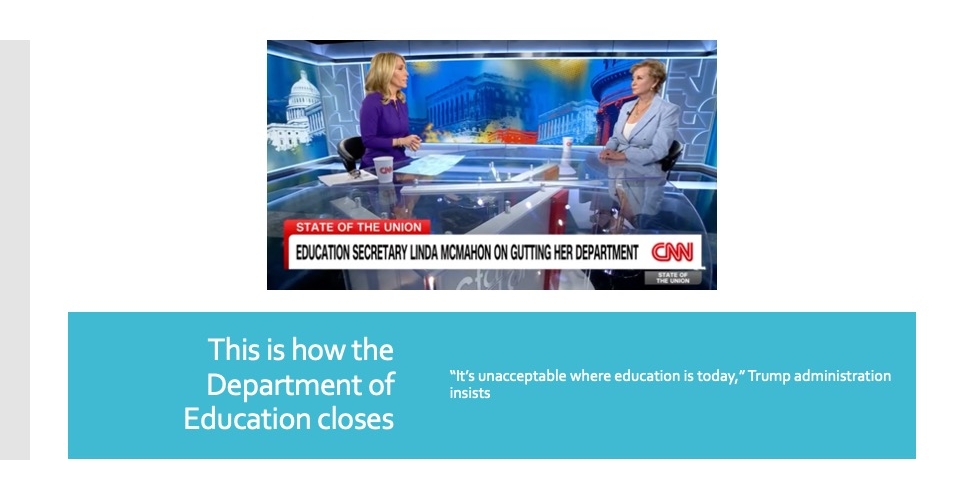The national headlines sometimes don’t paint a very optimistic picture of creating a culture of reading for K–12 students and just last fall, the Nation’s Report Card marked declines in both fourth- and eighth-grade students’ reading scores.
Despite this, we know there are steps schools and districts can take to move the literacy dial in a positive direction and create a culture of reading. Here’s what we know works:
1. Talk non-stop about books and reading: Ask everyone in your building to make a conscious effort to share anecdotes about what they’re reading. Morning announcements, bulletin boards, lunchrooms and after-school clubs are all opportunities to change a student’s perception of reading as a source of drudgery and dread to one of unexpected fun and adventure. Over time, these routine exchanges help develop a pervasive culture of reading.
2. Provide numerous choices and options for reading: To pique interest (which is typically the first and hardest challenge in getting students to read), provide lots of options. Providing reading choice helps students discover their own interests and encourages them to seek out more reading opportunities. Don’t discount the value of audiobooks, comic books and graphic novels.
If you’re one of the many schools or districts that improved Wi-Fi access and made more devices available to enable remote learning during the COVID-19 pandemic, take advantage of digital content. Digital reading materials are a cost-effective way to provide instant access to an incredible selection of stories.
Educators can give students in-school access to curriculum titles and class sets, as well as at-home access to both assigned and pleasure-reading titles. We know that students from households with fewer books often struggle more with literacy, so digital reading programs can go a long way in helping to remedy the deficit of books at home.
3. Share resources across departments and buildings: One encouraging post-pandemic outcome has been an increase in collaboration and cross-pollination of ideas. Applied to literacy objectives, teamwork can mean sharing budgets for reading materials or working across building boundaries for expertise in preparing and submitting grants. It also means sharing enthusiasm and commitment.
More from DA: 100 Superintendent March: Black and Latino leaders raise their voices in Congress
Leaders must be all-in on reading—whether that’s integrating reading activities into core subjects like mathematics and science or promoting school- or even district-wide reading challenges and events.
4. Enlist help from local communities: The pandemic also gave families an unprecedented up-close-and-personal look at education. Parents can assist in the classroom, help host book clubs, become volunteer readers and much more.
5. Reach out to your vendors: Don’t be afraid to ask for resources. Some vendors offer a wealth of free or low-cost resources to help schools:
- Engage and inform families
- Solicit funding
- Promote reading on social media
- Add reading-focused content to school websites
- Create themed reading activities linked to trending topics
It’s incumbent on vendors to do our share, so get us involved. Talk to your vendors, join vendor educator communities, use the resources on their websites or ask their teams for help with grant writing.
When educators, local communities and vendors come together, we can create a true culture of reading—in and out of the classroom.



